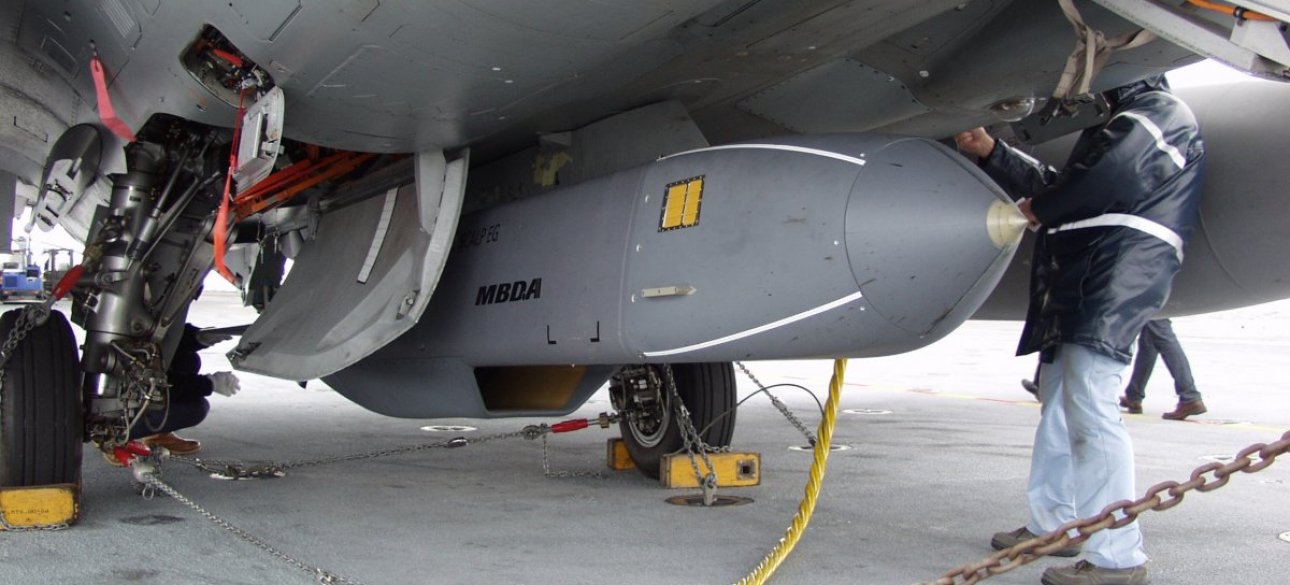
 By Eliza Popova
By Eliza Popova
But the scale of Ukrainian attacks on strategic objects within Russia is worthless, especially how to compare with the scale of Russian attacks on Ukraine. It can change - and very soon. Ukraine is developing more and more ammunition that can be used against goals within Russia. And there is a chance that this week the Ukrainian forces will finally be permitted to use the best ammunition of American and European production for strikes in Russia.
The full -scale invasion began with a powerful wave of Russian rocket strokes on Ukrainian military bases. A few months later, the Russians also began to strike in cities. By September 2024, Russian troops released nearly 10,000 winged and ballistic missiles, as well as several thousand long-range drones across cities throughout Ukraine, causing thousands of civilians to die and the country's power system was seriously damaged.
And at the beginning of 2023, the Russians added a key ammunition to their arsenal: a planning bomb with a satellite guide, which flies on 25 miles and further under sliding wings. Russian military aircraft are dumped daily up to hundreds of cabin, usually in frontier cities. The Ukrainians struck a few days after the invasion. Like the Russians, the Ukrainians first aimed at military bases-and usually within a few dozen miles from the Russian-Ukrainian border.
But as the war developed, the set of goals expanded. Today, Ukrainian long -range drones often strike on Russian headquarters, aerodromes, industrial facilities and oil refineries at a distance of 1100 miles from the border. In addition, Ukrainians use ballistic and winged missiles, as well as saboteurs against some purposes closer to the border. The problem of the Ukrainian campaign is not in cover, but in power.
If the Russians strike about a hundred bombs, about 10 ballistic and winged rockets, as well as several drones of long -range daily, then Ukrainians respond only to a small handful of bombs, rockets and drones. The Russian bombing is probably ten times more than the Ukrainian - and ten times more destructive. The problem for Ukraine is twofold. Its opportunities for the production of its own weapons of deep blow are limited.
Although Ukraine has received thousands of rockets and planning bombs from its allies, the same allies, fearing escalation, restrict areas where Ukrainians can use ammunition. In general, Ukraine is forbidden to strike at a distance of more than a few miles within Russia with the help of any weapon of foreign production: it is assumed that the permission of Ukraine will be struck in response to some extent "escalation". In fact, of course, these Russians have already gone to escalation.
Desperate to get around the restriction, Ukraine develops a new shock weapon. Since 2022, she has introduced the winged Neptune and Palyanytsya missiles, as well as a striking set of long -range percussion drones. And earlier this month there was a video on the network, where a new planning bomb of Ukrainian production is undergoing a test flight under the wing of the Su-24 bomber of the Air Force of Ukraine.
With the help of its homemade drones, rockets and planning bombs, Ukraine can affect targets more than a thousand miles inside Russia. But not very often. The number of Neptune beats in the last 30 months can be calculated on 10 fingers. There was only one confirmed raid of "Palyanitsa" - in August. The new planning bomb is still on the test. Can Ukraine increase the production of these weapons? It is unclear, but the Ukrainian government will definitely try.
Thanks to the purposeful infusion of capital from the Ukrainian and allied governments, the Ukrainian industry has managed to build a branched network of small workshops from scratch, which now produce more than 100,000 explosive drones on a monthly basis. It is difficult to repeat this feat with winged missiles and bombs. One thing to collect a two-foot FPV-Dron from parts that everyone can order online or made with a 3D printer.
The other is to create a satellite GSN head for a planning bomb, or to assemble a miniature turbouoable engine for the winged rocket. But Ukraine can get some relief on the other hand. In early September, a party of 200 ballistic missiles of Iranian production Fath-360 arrived in the Russian port on the Caspian Sea. This first party of Iranian missiles is a "sharp escalation" of war in Ukraine, US Secretary of State Anthony Blinken said.
And this became the main topic for conversations in Kiev, where Blinken and his British colleague, Foreign Minister David Lammi arrived. Blinken hinted that it was not excluded to mitigate restrictions on Ukrainian weapons of foreign production. "We will listen carefully to how Ukrainian officials defend their position," Blinken says. Having received permission to impress targets in Russia's depths by US and European ammunition, Ukraine could already strengthen the bombing.










All rights reserved IN-Ukraine.info - 2022